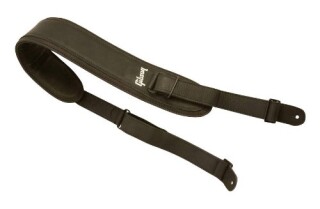Many people look to guitars as the ideal instrument to pick up. It’s portable, has a relatively low skill floor, and can be a great hobby to pick up in general. However, many people grow too excited for their own good and make serious mistakes when buying their first guitar. Here are some of the most common mistakes made when buying a guitar for the first time.
Buying the Wrong Type
One of the biggest mistakes people make when buying a guitar is, well, buying the wrong guitar. Too many people assume that most guitars are the same, and by extension, can be played the same way. This is, of course, very wrong. While some guitars are perfectly playable without any accessories or amplifiers, others require additional equipment to even hear properly.
One of the most common mistakes is people considering classical and acoustic guitars as being the same thing when in truth, they are not. Of course, not everybody can immediately pick up the differences in sound, so it’s not like you can blame them for it, either.
Buying the Wrong Size
Even if one buys the right type of guitar, many people often buy guitars that are too large (or too small) for them to comfortably play. Younger players may look to purchase large guitar models to feel more adult-like, but this ends up making it difficult for them to even play the instrument. Ideally, you want the guitar to rest comfortably around your arm and chest as you play it while sitting, with your hands being able to form chords without too much stress on your fingers.
Buying the Wrong Strings
Strings are another guitar component that many novices seem to make mistakes with when purchasing. Some people believe that guitar strings are universal and that any string can work with any guitar. This is obviously false, and while some guitars can support multiple types of strings, they are ideally meant to use only one or two specific types of string to fully bring out the sound that they were intended to make.
Following the Brand Fallacy
When in doubt, many people choose to buy guitars from the most popular brands out there. When buying products such as sneakers or clothing, this may be a viable thought process, but it isn’t that simple when it comes to guitars. Many guitar brands specialize in certain aspects of a guitar, and even if it comes from a popular brand, the guitar isn’t necessarily better than all other guitars. Ultimately, it’s up to the user’s discretion on what guitar sounds or feels best for them to play.
Spending on Unneeded Features
Guitars come with many extra features, though not all of them are necessary, especially for a beginner. In fact, it’s likely that most novice guitarists will not even make use of the built-in amp socket in their acoustic guitar. This is another problem many guitarists have - spending on features that they rarely or never use. Even if you may end up using it far into the future, it’s best to save money by getting cheaper, simpler guitars, especially if you’re just starting out.
Buying the Guitar without the Needed Accessories
Some guitars, such as the classical or acoustic guitar, can be played on their own, but many other guitars require an amplifier or some other form of equipment to properly play. A common mistake among guitarist hopefuls is purchasing these types of guitars without realizing that they also need additional equipment to actually play the instrument at all.






